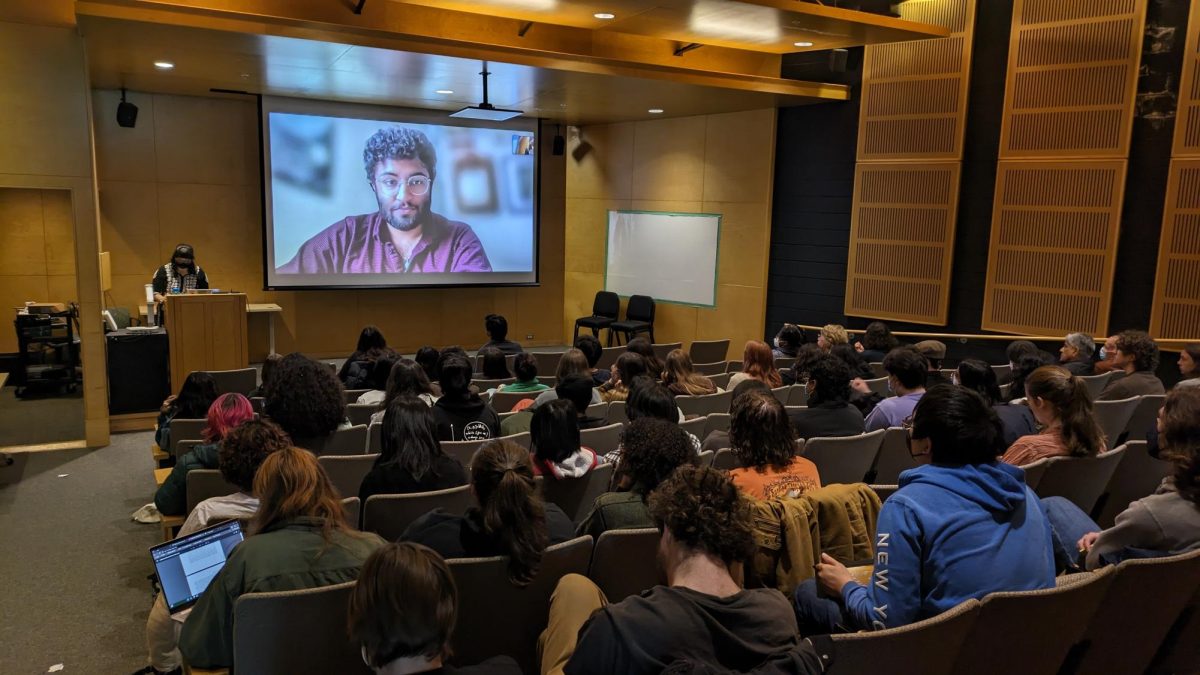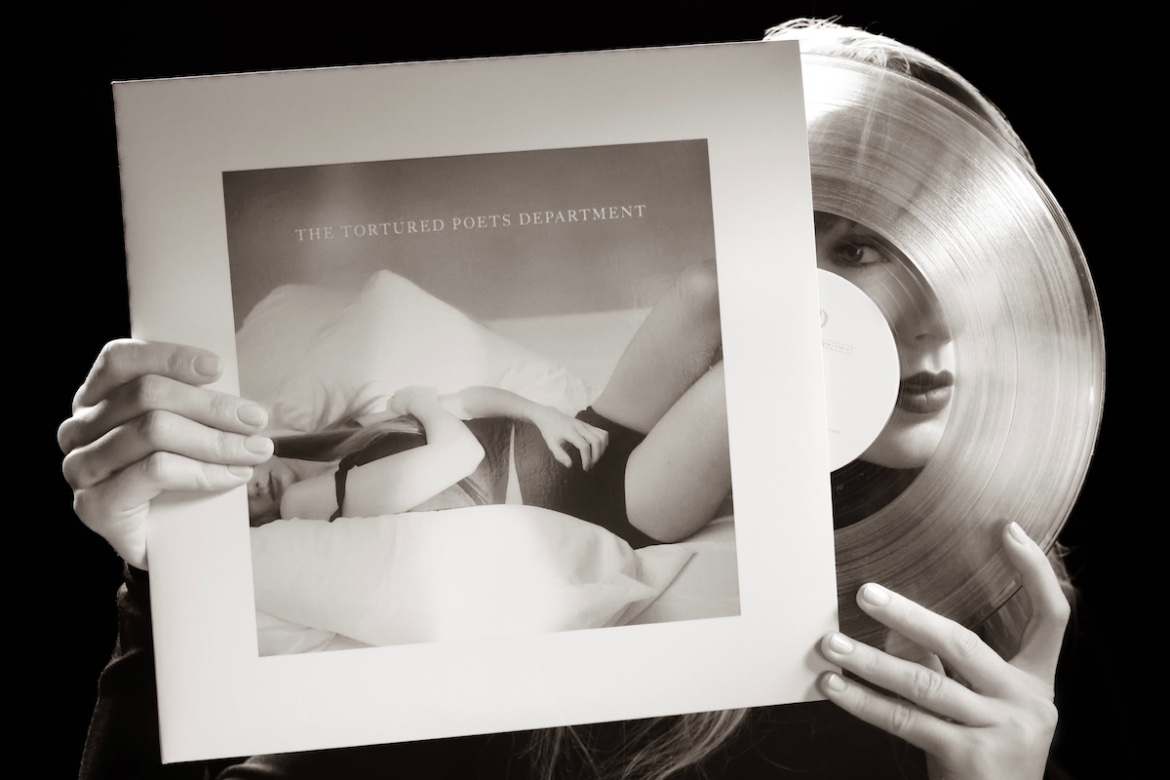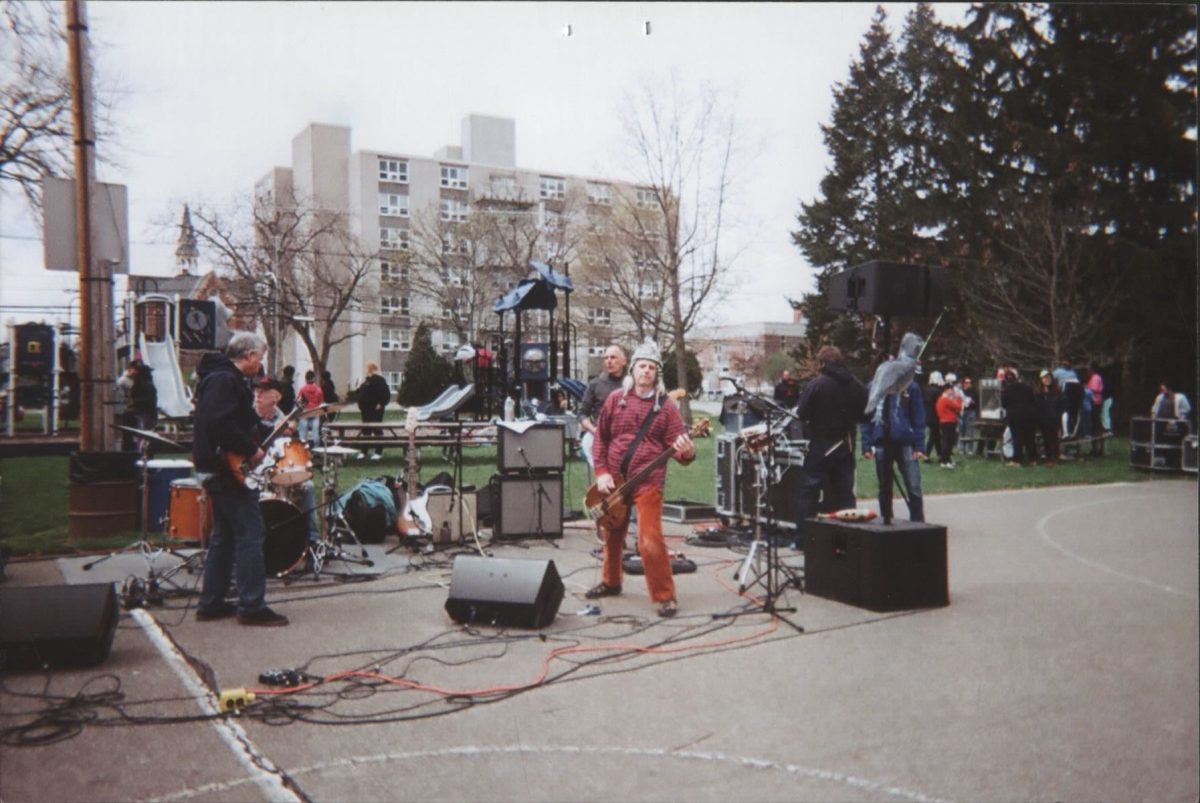Corrections to EDGE Fund Articles
April 5, 2014
To the Editor:
My name is Evan Tincknell, and I have been a Green EDGE Fund board member for the past three years. The following is my own personal response and does not necessarily reflect the sentiment of the Green EDGE Fund as a group.
Over the course of this semester, the Review has published two news articles relating to the EDGE Fund. Each has managed to grossly misrepresent simple facts despite the Fund’s efforts to offer clarification whenever possible.
The first article, published Feb. 14, 2014, was intended to be a straightforward description of what the Green EDGE Fund is, how we operate, and our ongoing efforts to better engage the student body in determining how to spend student money on projects that promote Oberlin’s sustainability. Despite a seemingly organized interviewing process and an agreement to verify quotes with me before publishing the article, I received no such request for verification, and the article included contextually substantial inaccuracies.
If I had been contacted between the time of my interview and the publishing of the article as requested, our faculty advisor’s name may have been spelled correctly, several quotes could have been made much less ambiguous, and the article would reference our close work with the Resource Conservation Team (RCT), instead of the Royal Thread Collective (RTC).
The February article also inaccurately stated the following: “Last year, the EDGE Fund installed solar panels on top of Kahn Hall and switched the lights in front of Mudd Library and it’s [sic] bike racks to LEDs.” The EDGE Fund is in the process of putting solar PV panels on the roof of Kahn, but installation is not slated to take place for several months. We also replaced Mudd’s entryway lighting with LEDs, but the covered bike racks are a separate project and are currently being installed at various on-campus locations.
The most recent article, published March 14, focused on the recent Senate-approved $10 increase to the annual student green fee for the specific development of a new carbon offsetting program. In this case, the author reached out to me for feedback per my request, but of the five substantial corrections I made to the draft he sent, only two appeared in the published version. No attempt was made to justify or verify the disregard for my changes.
In one section, I made important changes to a quote of mine that was completely misconstrued, and the published version appears as some twisted combination of the initially drafted copy and my edits to it. I am quoted discussing how EDGE Fund efficiency loans work, and how we are working to standardize methods for calculating carbon offsets, but the published quote incorrectly suggests that carbon offsetting calculations are dependent on water and electricity savings. This reflects a failed combination of my description of efficiency loans, which involve calculable electricity and water savings, and recent parallel efforts to quantify carbon savings, and recent parallel efforts to quantify carbon sequestration independent of electricity or water savings (hence the new carbon management program).
Additionally, the increased green fee was published as $30 per semester, when it is in fact $25 (a $10 annual increase equating to a $5 semesterly increase).
I also made a general request that the author distinguish between the city of Oberlin’s goal of carbon neutrality by 2050, and Oberlin College’s more ambitious goal of carbon neutrality by 2025. The published article mentions them interchangeably, contributing to confusion among Oberlin students surrounding these noteworthy commitments.
I was initially hesitant to write this response because the immediate implications of these mistakes are relatively minor, but having now experienced these issues with two consecutive articles by two different authors, it seems necessary to draw attention to what appears to be a systemic problem with the Review’s practices for writing and editing articles that are regarded as objective sources of campus news. As students, we have to maintain a certain standard for the journalistic practices of our central oncampus news source, so that we can continue to count on the degree of thoroughness and reliability that we would expect to find in the work of fellow Oberlin students.














